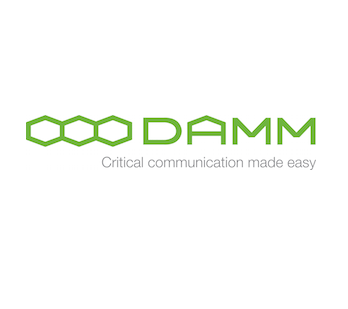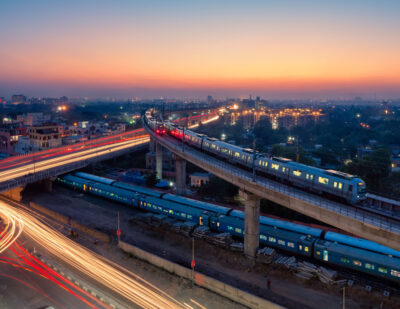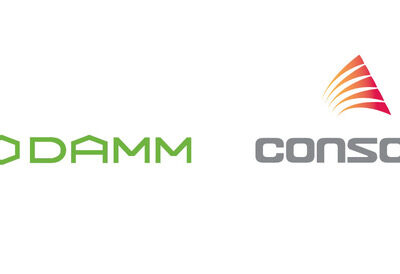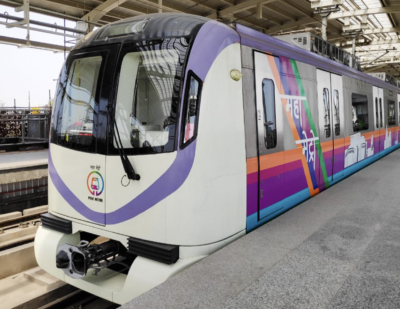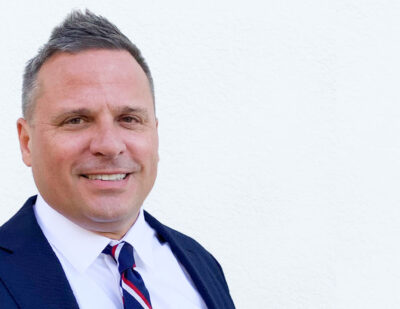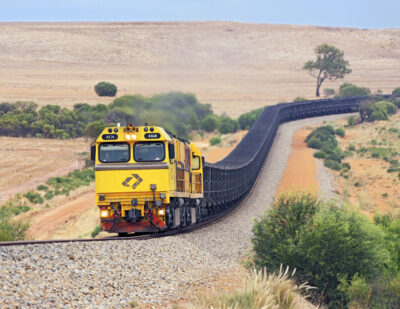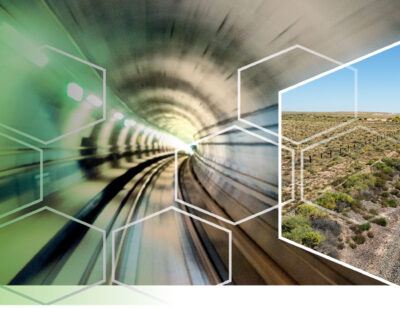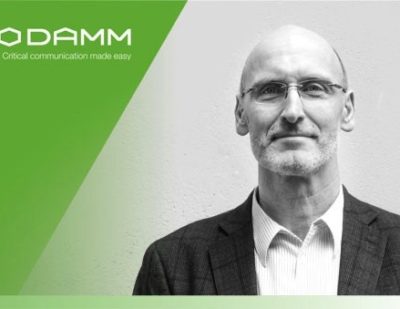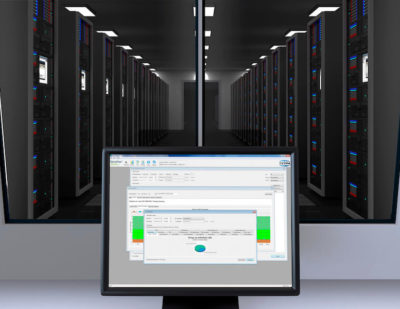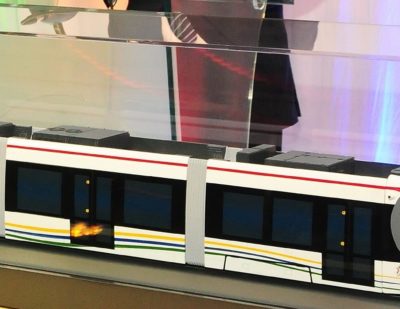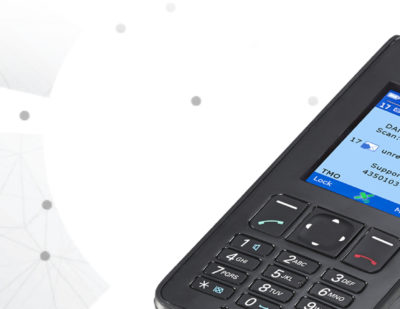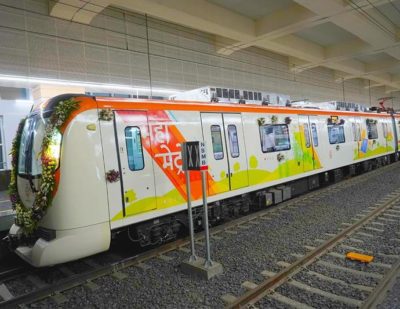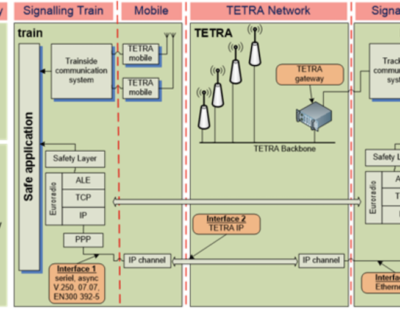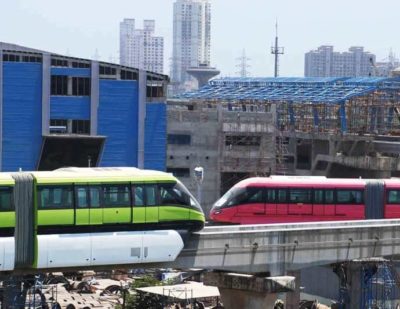Maximising the Performance and TCO of Critical Radio Communication Networks
Network designers planning rail or metro networks need to ensure a cost-efficient system that provides the necessary coverage and availability while keeping network management simple.

In this process they meet a number of challenges, which typically include:
- Frequency scarcity and costs
- Avoiding complicated systems and system management
- Building resilience into the design
- Maximising total cost of ownership (TCO)
Choosing a system built around DAMM’s flexible and scalable MultiTech Outdoor Base Station BS422 enables you to avoid many of the structural problems involved in building resilient, cost-effective and high-performance radio networks.
Factor 1: Frequency Scarcity and Costs
Spectrum acquisition is a major challenge. In some jurisdictions, accessing sufficient frequencies can be difficult, while in others, the cost of frequencies can restrict your options for building a functional network with high availability.
Spectrum efficiency is key regardless of whether you are operating a busy railway or metro line with a considerable number of subscribers or a freight railway line in a rural area with few subscribers. Whichever type you are operating, you need enough frequencies to cover the whole line. However, in a setting with few users, the number of frequencies used is often disproportionate to the number of users, creating unnecessary licence costs. For instance, to cover a linear application such as a rail line from end to end normally requires around five or six frequency pairs. This can be a problem in regions where frequencies are either expensive or scarce.
Using DAMM frequency sharing, the same frequency pairs can be used on four adjacent sites, creating one large radio cell. With this setup, a frequency pair can be reused after just one other such large radio cell. This means that the same availability can be achieved using just two frequency pairs.
This provides a solution that addresses the problems of frequency scarcity and costs by allowing you to configure base stations to share frequencies and designate DAMM BS422s as repeaters.
Factor 2: Avoiding Complicated Systems and System Management
In an indoor or tunnel setting ensuring sufficient signal strength and capacity is key. This is typically ensured by using optical and off-air repeater systems and distributed antenna systems (DAS). However, this adds additional layers of network operations and management, increasing complexity without necessarily delivering the intended benefits. Additional operational costs are incurred by having to train staff on multiple systems, while installation, management, monitoring and maintenance are all more time-consuming.
To overcome these challenges and create a dense, resilient network, you can build a network of overlapping DAMM BS422s. This will deliver the functionality and resilience needed while reducing complexity and associated costs.
Factor 3: Building Resilience into the Design
In critical communications networks it is imperative to ensure high availability and resilience. This means engineering the network for adequate coverage, building resilience into the network design by overlapping base station coverage to protect against the danger of communications collapsing in the event of one base station breaking down or losing connectivity.
Using the DAMM frequency sharing functionality, a DAMM BS422 configured as a slave unit can automatically take over the functionality of the master unit adding extra resilience to the network through redundancy.
When it comes to sensitivity the DAMM frequency sharing functionality also outperforms the traditional repeater setup. Unlike conventional repeaters the DAMM BS422 does not degrade receiver sensitivity. Thanks to the superior RF performance compared to any repeater, you also get better coverage.
Factor 4: Maximising Total Cost of Ownership (TCO)
The key driver in most instances is costs. Network planners will therefore always try to build a network that covers all needs at the lowest cost possible. This includes looking at optimising tunnel coverage, frequency use and ensuring resilience.
DAMM’s frequency sharing solution markedly improves TCO across a number of parameters. Fewer licences are needed to cover the same area and there is no need for dedicated optical fibres to support a separate DAS system. Because staff only need to be trained in one type of hardware and software, training costs and effort are also reduced.
Maintaining one system instead of two is less expensive in itself. Having a fully redundant DAMM BS422 system, the system can even be kept running during maintenance, eliminating costly downtime. In addition, a repeater can be re-configured as a base station with a simple software license. Whether used outdoors along a railway line or indoors in a tunnel, frequency sharing with the DAMM MultiTech Base Station BS422 makes it possible to build coverage in a completely new way: Simple, cost-efficient and reliable.
DAMM Frequency Sharing Is Ideal For:
- Tunnel coverage for transit/transport, instead of optical repeater DAS
- Coverage along a straight line with towers of similar height such as railway applications
Find out more about DAMM frequency sharing.
